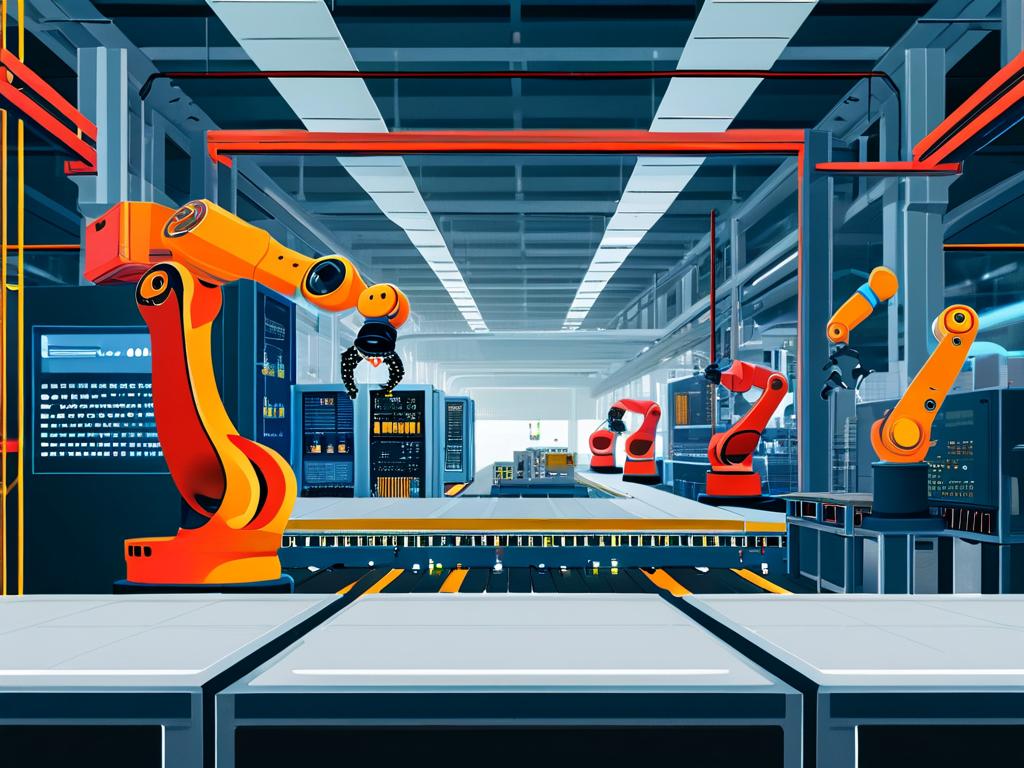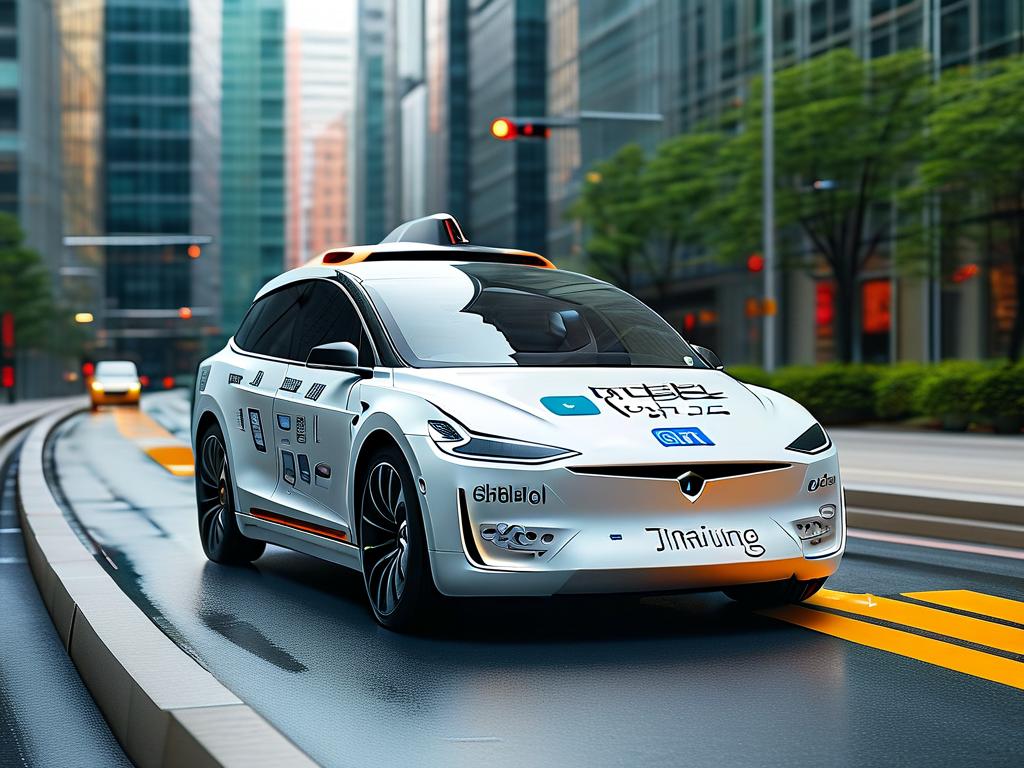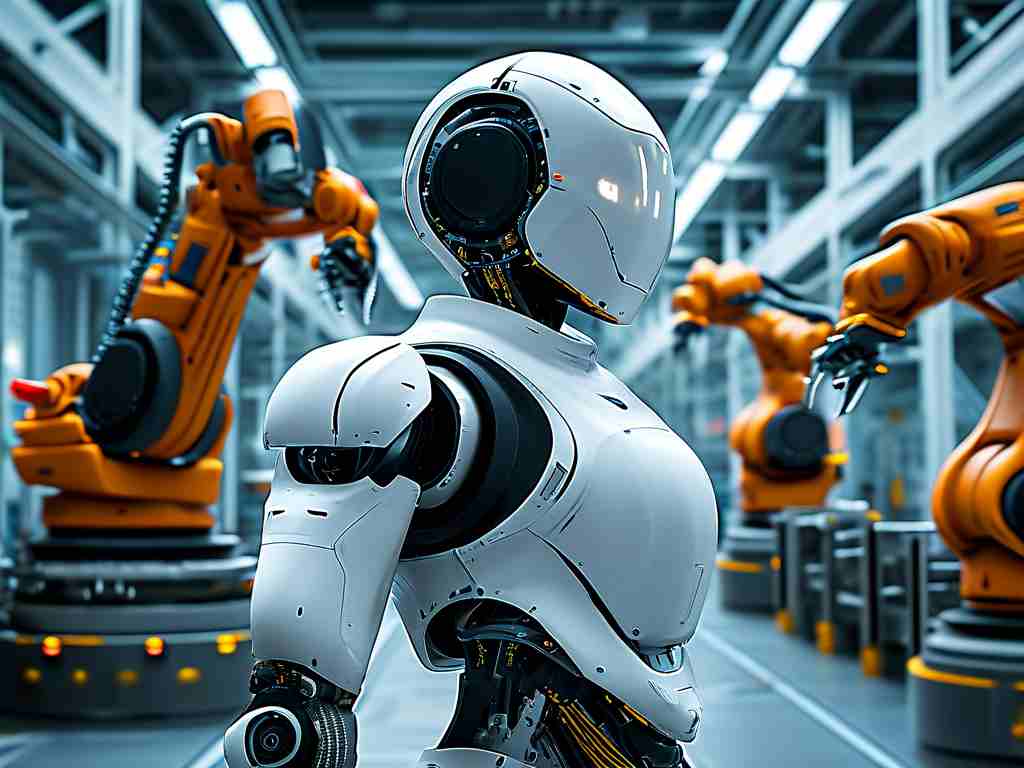The rapid advancement of artificial intelligence (AI) relies heavily on optimization algorithms, which fine-tune models to achieve peak performance. These algorithms adjust parameters systematically, enabling machines to learn patterns, make predictions, and solve complex problems. Below, we explore widely used optimization techniques in AI, their mechanisms, and practical applications.

Gradient Descent and Its Variants
At the core of many AI systems lies gradient descent, a foundational optimization method. It minimizes a model’s error by iteratively adjusting parameters in the direction of steepest descent, calculated using gradients. While simple, its efficiency depends on learning rate selection. Too high a rate causes overshooting; too low slows convergence.
To address these challenges, variants like stochastic gradient descent (SGD) and mini-batch gradient descent emerged. SGD updates parameters using a single data point per iteration, reducing computational load but introducing noise. Mini-batch SGD strikes a balance by processing small data subsets, offering stability and speed. For example, training a neural network for image recognition often employs mini-batch SGD to handle large datasets efficiently.
Adaptive Optimization Methods
Modern AI frameworks frequently leverage adaptive algorithms like Adam and RMSProp. These methods automatically adjust learning rates for individual parameters, combining momentum-based updates and adaptive scaling. Adam, for instance, integrates ideas from both AdaGrad and RMSProp, making it robust across diverse tasks such as natural language processing (NLP) and computer vision.
A code snippet illustrating Adam’s implementation in Python using TensorFlow might look like this:
optimizer = tf.keras.optimizers.Adam(learning_rate=0.001) model.compile(optimizer=optimizer, loss='categorical_crossentropy')
This adaptability allows Adam to outperform traditional methods in scenarios with sparse or noisy gradients.
Evolutionary and Population-Based Algorithms
Beyond gradient-based approaches, genetic algorithms (GAs) mimic natural selection to optimize solutions. By evolving a population of candidates through selection, crossover, and mutation, GAs excel in non-differentiable or high-dimensional spaces. Robotics engineers, for example, use GAs to design optimal control systems where traditional gradients are impractical.
Similarly, particle swarm optimization (PSO) iteratively refines solutions by simulating social behavior. Each “particle” adjusts its position based on personal and group best outcomes. PSO is popular in logistics for route optimization and energy grid management.
Constrained and Multi-Objective Optimization
Real-world AI applications often involve constraints or competing objectives. Sequential quadratic programming (SQP) handles nonlinear constraints by solving subproblems iteratively, making it ideal for robotics trajectory planning. Meanwhile, multi-objective optimization algorithms like NSGA-II (Non-dominated Sorting Genetic Algorithm) identify Pareto-optimal solutions, balancing trade-offs in areas like healthcare resource allocation.
Challenges and Future Directions
Despite their strengths, optimization algorithms face hurdles. Hyperparameter tuning remains time-consuming, and methods like grid search or Bayesian optimization add computational overhead. Additionally, non-convex landscapes in deep learning models risk trapping algorithms in local minima.
Researchers are exploring hybrid approaches, such as combining gradient descent with metaheuristics, to enhance robustness. Quantum-inspired optimization algorithms also show promise for tackling exponentially complex problems. As AI systems grow more sophisticated, the development of faster, more scalable optimization techniques will remain critical.
In summary, optimization algorithms form the backbone of AI development, driving advancements from neural networks to autonomous systems. By understanding their strengths and limitations, practitioners can select the right tool for each challenge, paving the way for smarter, more efficient technologies.









